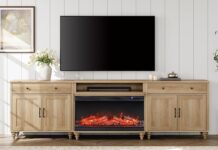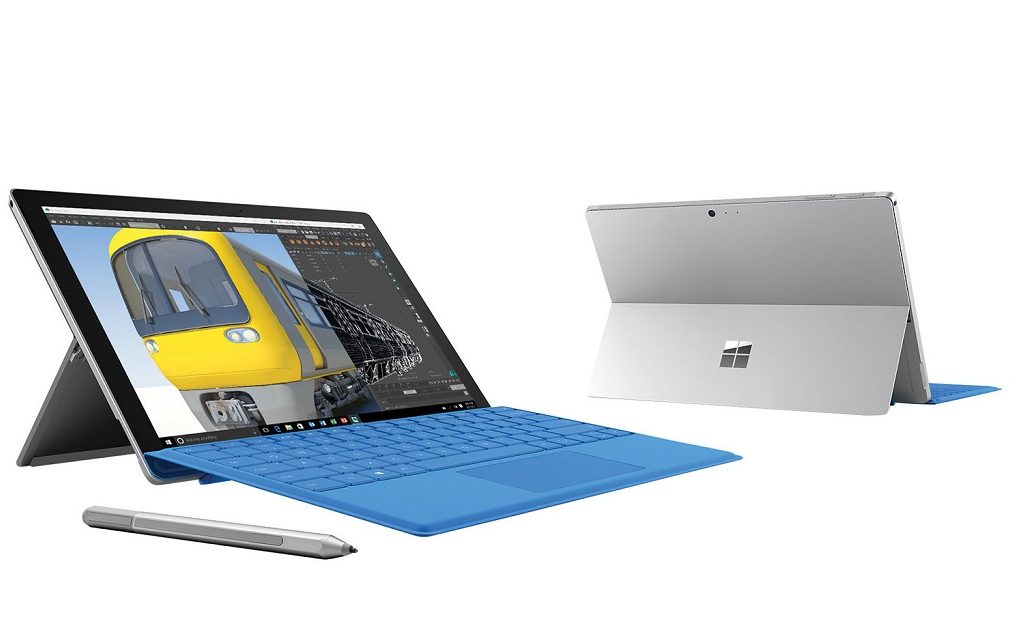
2016 was an interesting year when it comes to the right computer for everyone. Microsoft launched its first desktop PC with the all-in-one Surface Studio, Alienware unveiled the new VR-ready 17 gaming laptop with integrated Tobii Eye Tracking capability and Apple finally updated the MacBook Pro and added an OLED Touch Bar to its iconic prosumer laptop.
So if you find yourself preparing to choose a new computer for 2017, you have plenty of compelling choices. Maybe too many compelling choices …. To help out, I’ve put together a post to help you narrow down your picks, making it easier to find the right computer for the new year.
The right computer is future-proof
Future-proof is one of the buzzwords you’ll hear when comparing PCs, but what does it actually mean? Basically, the idea is that the right computer will have the power and features to take full advantage of operating systems and applications now, and for as long into the future as possible. Of course it can be tough to predict what features might be coming down the pipeline and what their hardware requirements will be, but future-proofing involves best guesses and investing a bit more upfront now to avoid having to do this all over again in a year or two.
Generally speaking, a desktop PC is the future-proofer’s best friend as desktops are very upgradeable. For example, someone with a three year-old desktop PC could use it with virtual reality headsets by adding a new video card. Add a new 4K monitor and what more could you ask for?
With laptops, things are tougher, especially ultraportables like that new MacBook Pro where the RAM and storage are both soldered to the motherboard. Even the most upgrade-friendly laptop typically limits user modifications to RAM and storage. So when choosing a laptop (especially one where the configuration you buy is the same one you have forever), I always recommend the most powerful CPU, the most RAM and the biggest SSD you can afford. Pay a bit more upfront now and it will have a longer useful life.
The last three laptops I’ve bought have been MacBook Airs. Rather than go for the most affordable option, I max them out, choosing an Intel Core i7 configuration with 8GB RAM (the maximum for these models) and a big SSD. That’s future-proofing in action. My wife is now using my three year-old MacBook Air; it runs macOS 10 Sierra like a champ and seems speedy enough to be a new laptop.
Once we get past the concept of future-proofing, it’s time to narrow things down.
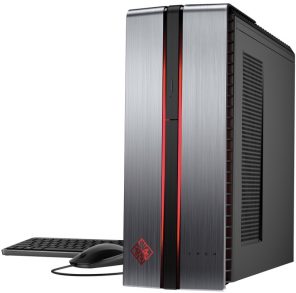 Desktop Workhorse
Desktop Workhorse
Are you considering a PC with muscle, one that can chew through demanding tasks like editing and encoding 4K video? That’s where the traditional desktop “workhorse” PC shines. With a desktop PC, you can choose a quad-core Intel Core i7 CPU, a full-sized dedicated video card and lots of storage. Desktop PCs have the room for multiple storage options, like an SSD for system speed, plus a huge HDD for mass storage of big files. Make sure to equip it with Gigabit Ethernet and 802.11ac Wi-Fi for the fastest possible connectivity.
If a desktop workhorse is the right computer for you, I would start with something like this HP Omen. Yes, its aimed at the PC gaming market, but it’s not an all-out extreme gaming PC. The aluminum enclosure is stylish without being being too extravagant and it’s mid-range in terms of gaming PCs when it comes to cost. That means this PC is very powerful out of the box, but still relatively affordable. It’s equipped with a 3.4GHz Core i7, 16GB of RAM, Nvdia GTX 960 video card with 2GB of RAM, 2TB HDD and 256GB SSD storage, plus a full complement of ports including a new USB Type-C. You don’t have to add anything for this to be a workhorse PC now, it’s specs mean it will serve you well for at least several years and it’s extremely upgradeable for future use.
Mobile Computers That Are Easy to Carry
Probably the most popular category of computers right now is laptops that are ultra-portable and easy to carry. When picking one of these PCs, keep future-proofing in the back of your mind and remember that many of the systems in this class can’t be upgraded—the configuration you buy is the one you’ll always have. So choose carefully …
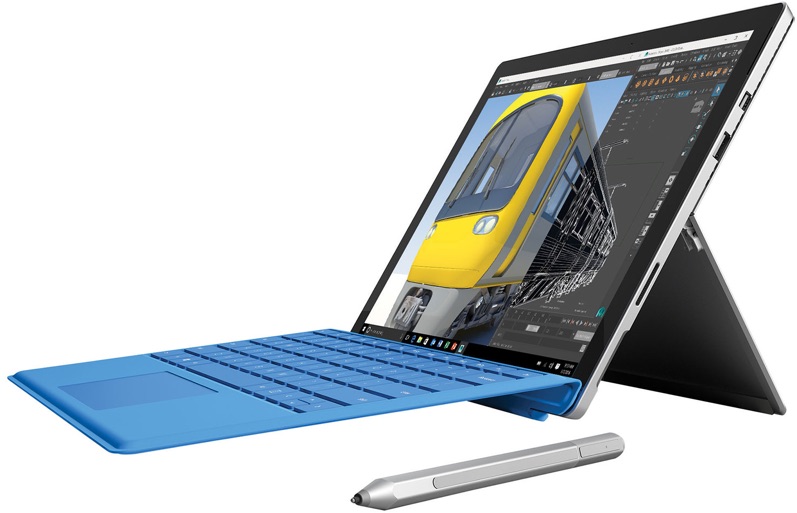
One of the most popular choices in this category is Microsoft’s Surface Pro 4 tablet. The 12.3-inch PixelSense Display is the perfect size, it’s available with up to a Core i7 CPU, battery life is nine hours and it weighs only 786 grams making it an ultra-portability champ. To get the most out of the Surface Pro 4 and turn it into a true laptop, you’ll want to add the optional Surface Type Cover.
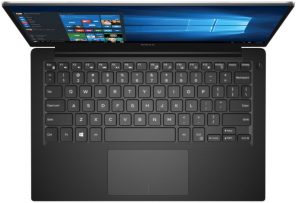 For a more traditional laptop form factor, Dell’s XPS-13 is an award-winning Ultrabook that still leads the pack for mobile innovation. Using its edge-to-edge Infinity Display, Dell was able to fit a 13.3-inch display in a laptop the size of most 11-inch models. Despite the slim size, you get the power of a Core i5 CPU, 8GB of RAM and the speed of SSD storage.
For a more traditional laptop form factor, Dell’s XPS-13 is an award-winning Ultrabook that still leads the pack for mobile innovation. Using its edge-to-edge Infinity Display, Dell was able to fit a 13.3-inch display in a laptop the size of most 11-inch models. Despite the slim size, you get the power of a Core i5 CPU, 8GB of RAM and the speed of SSD storage.
Mac fans have always had plenty of ultra-portable options (the MacBook Air practically kicked off the category back in 2008), but the latest and greatest is the new MacBook Pro. Featuring a new OLED TouchBar with contextual buttons, the new MacBook Pro is also thinner and lighter than ever. Even the full-sized, 15-inch model is only 1.55 cm thick and 1.83 kg. This computer is available in Core i7 configurations with 16GB of RAM with a discrete Radeon Pro 455 graphics card for those who want their laptop to remain a mobile powerhouse even a few years from now.
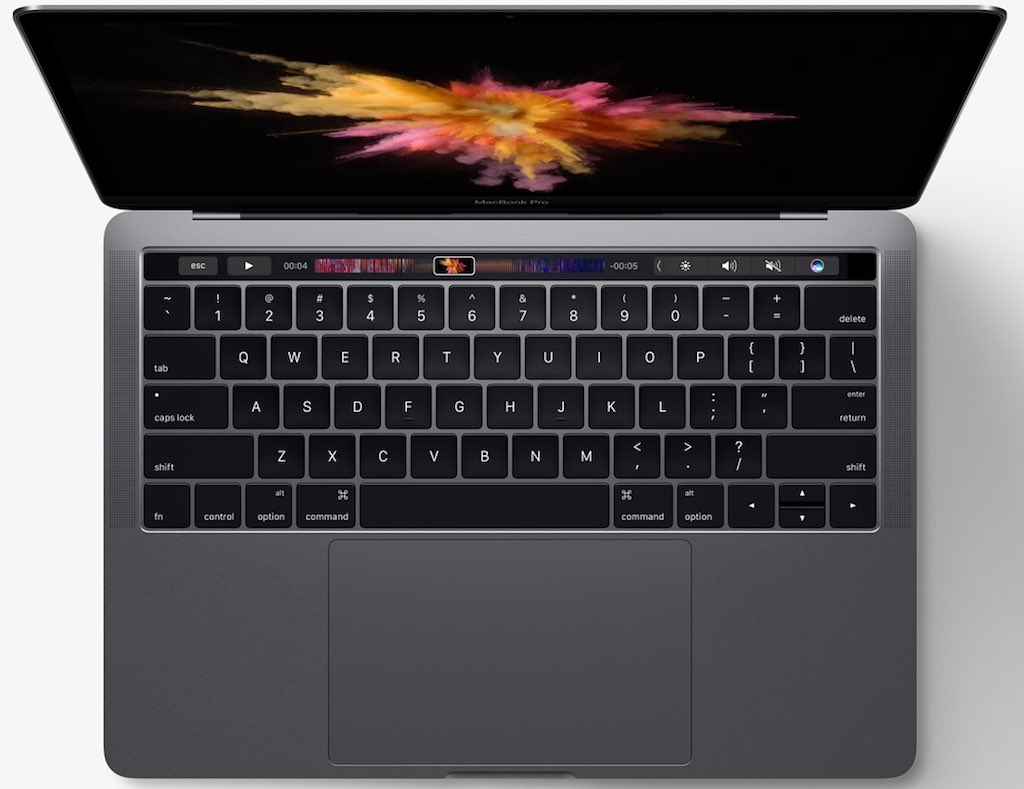
Of course there are still many more questions to consider. How do you choose between a traditional laptop and a 2-in-1? Which laptops have the best battery life? The list goes on. If you have any questions (or suggestions) about choosing the right PC, be sure to leave them in the comments.



